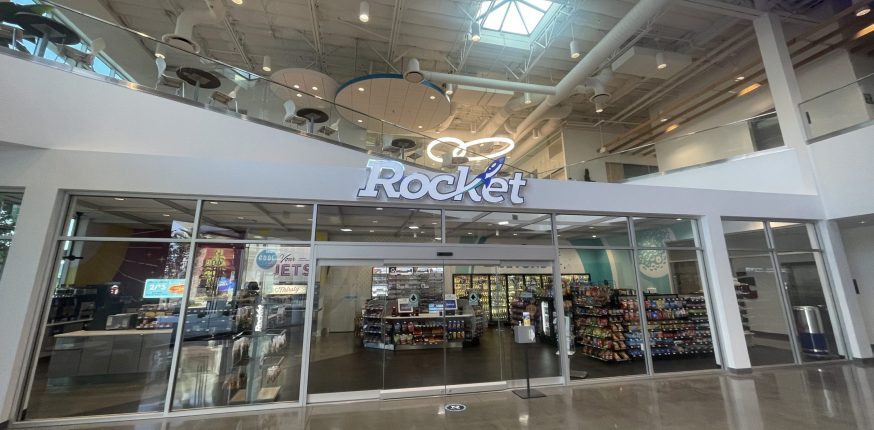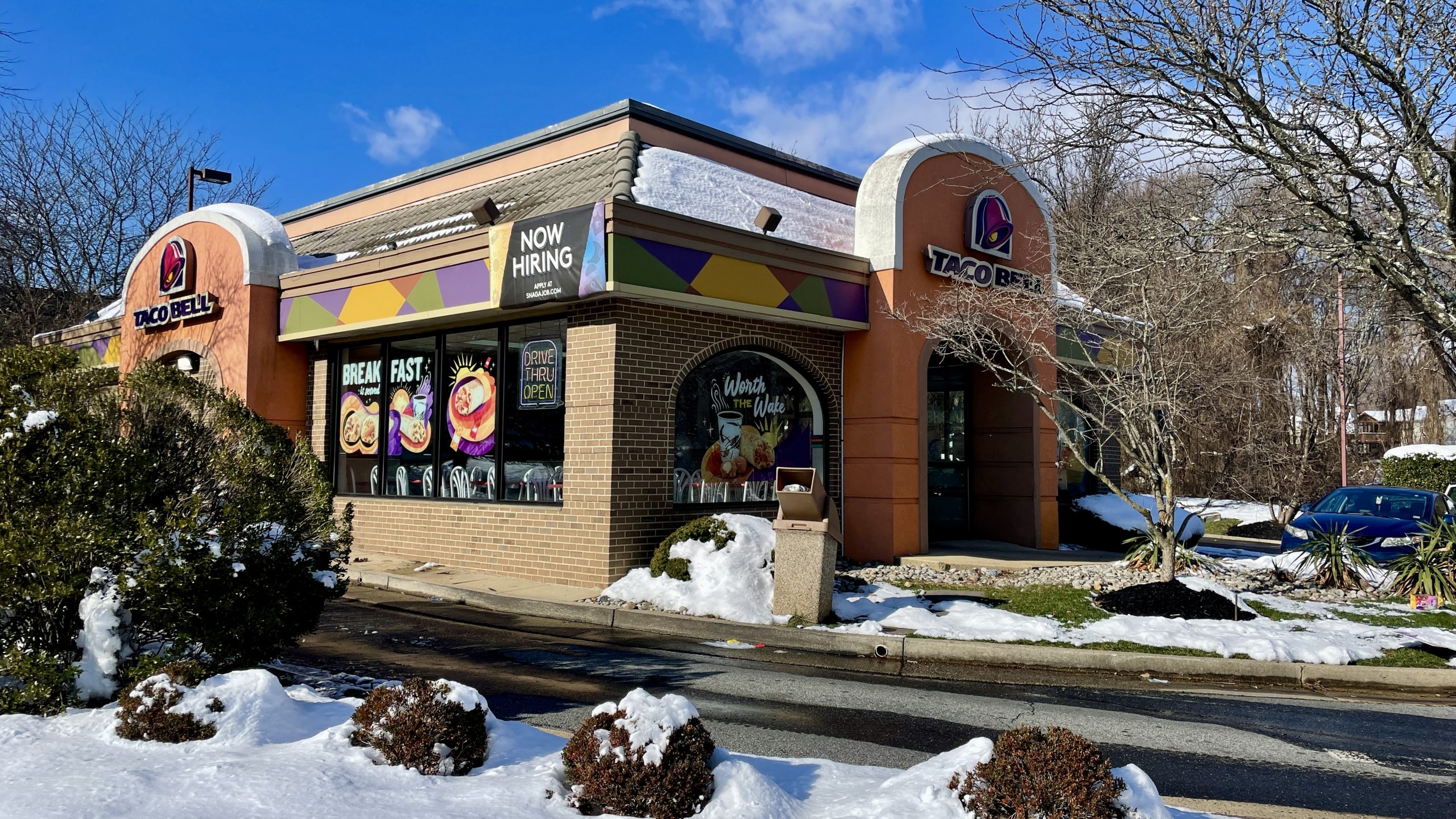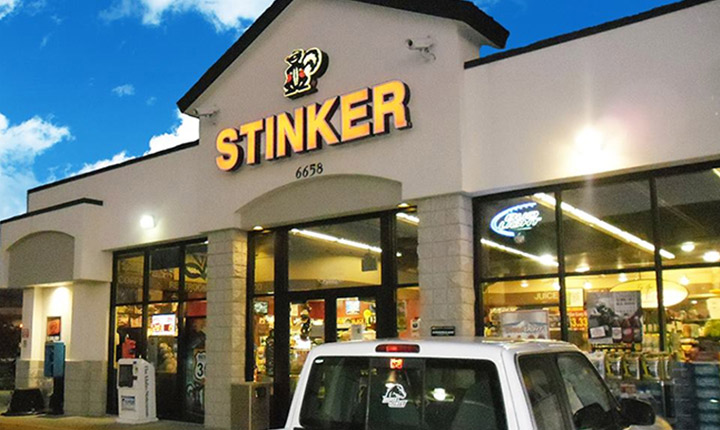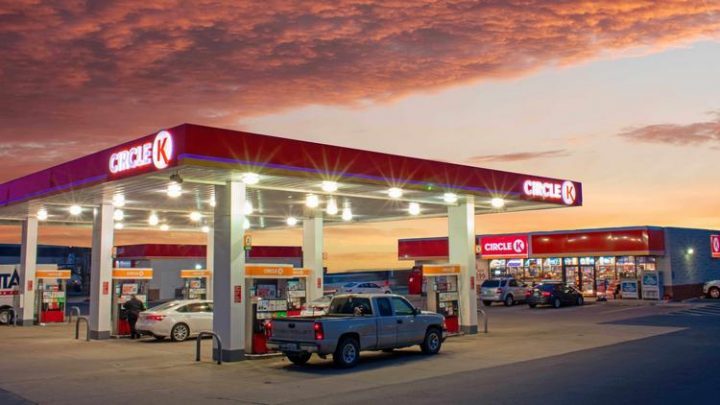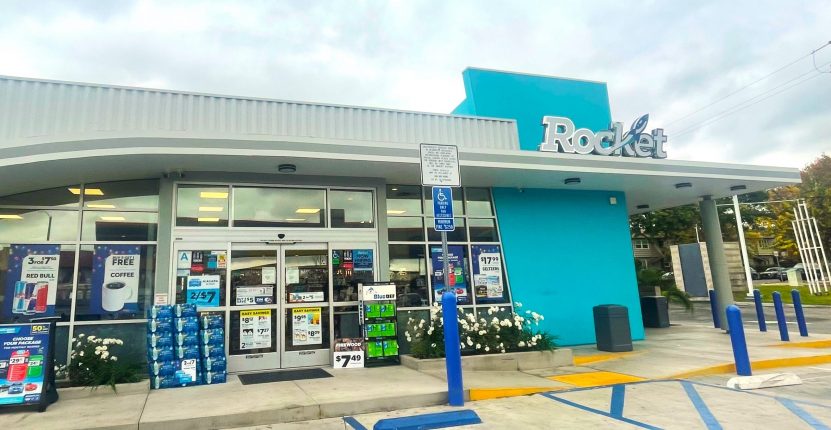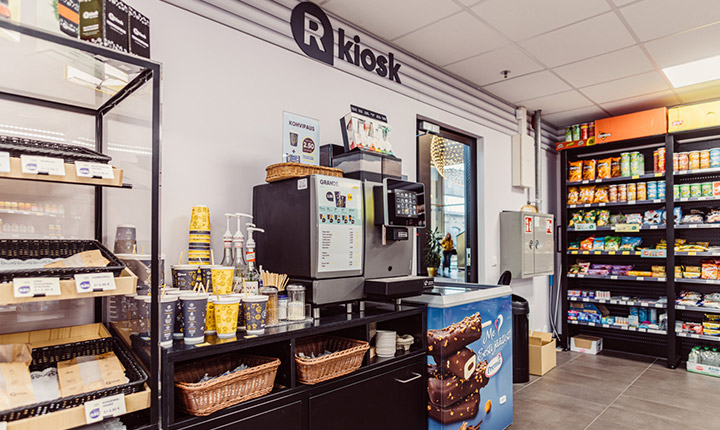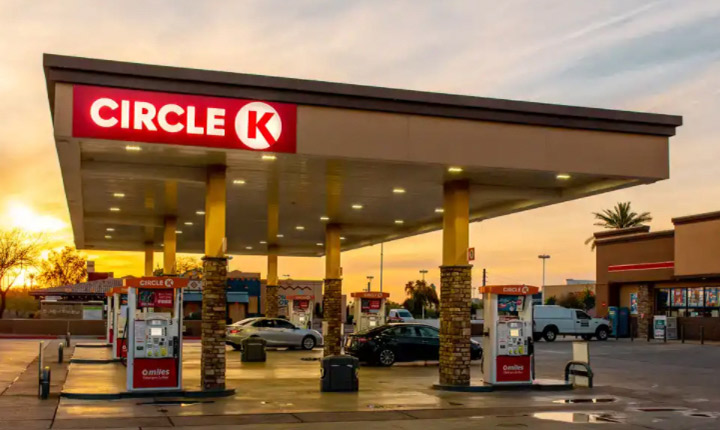As the new year begins to unfold and loyalty marketing plans for the year are signed off and awaiting activation, we find it can be useful to sense-check what’s being measured and monitored within your loyalty programme and what new metrics it might make sense for your company to consider.
KPI’s vary enormously by sector and on the value proposition and mechanic itself, so we decided to create a useful list of our eight favourite KPI’s to consider from the many loyalty articles we’ve written and loyalty podcasts we’ve recorded over the last year or two, which can help ensure your loyalty programme is on track for 2020 and beyond!
 Check Your KPI’s Measure Every Desirable Behaviour Driving Loyalty.
Check Your KPI’s Measure Every Desirable Behaviour Driving Loyalty.
1) Acquisition and Conversion
Your value proposition is one of the key proof points available to convince customers that your brand makes sense for their needs. While the overall marketing messages for your firm typically focus on the core product and service, as the owner of a loyalty programme, you need to ensure that your loyalty programme’s value proposition is featured consistently in the core brand messaging and of course that you are driving overall membership numbers with the relevant audience that your programme is designed for. Many programmes worldwide such as TGI Fridays and Leon Restaurants in the UK, Luckin’ Coffee in China and Dunkin’ Donuts in the US offer an instant reward for signing up to their programme, so this mechanic is increasingly important to drive ongoing growth of your overall base.
2) Retention or Churn
Perhaps the single most important measure of success is to evaluate your customer “churn” rate – what percentage you retain over a defined lifetime – eg in telecommunications, a prepay customer who has not topped up in 90 days is classified as lost or has churned.
Your loyalty programme should evaluate churn rates over time, and how those customers perform against a control group of customers who are not engaged in the programme. This allows you to make assumptions around the increased life time value of customers who have joined and engaged with the programme and are likely to stay with the company longer given the additional value they enjoy.
3) Engagement:
It’s essential to also measure the amount of time and attention your programme is earning from your members. With apps increasingly having to earn a place on your phone, members who actively open your app and engage with your programme are consuming content and engaging with your brand in a way that typically costs a considerable amount of money in other third party channels.
Measuring member engagement ensures you know what value propositions, rewards and content are engaging enough to bring your members back in day after day, week after week. This is one of the key reasons we believe that gamification is an essential element of any loyalty platform in the convenience retail industry – and to ensure your brand remains top of mind at key day parts when customers are hungry and thirsty. This is particularly important for more mature programmes that are keen to stay fresh and relevant over months and years.
4) Consumer Spend Patterns
A key objective of most loyalty programmes is maximise share of wallet – ensuring ALL or most of your customer’s spend in your category comes to you. While no single convenience retailer has complete visibility of overall customer spend, consider consulting your credit card payment providers as partners to access market information that can ensure complete visibility of what customers are spending and where.
Separately, clever loyalty programmes like this one with Chipotle use their loyalty programme to directly and consistently incentivise customers to try new products, which can effectively ensure customers are continually trying new products so they find new favourites and become “stickier” with the brand’s entire menu and product range.
With the help of clever analytics, you can discover compelling insights to define the exact “sweet spot” to set as your KPI for customer cross-sell and upselling – for example, “customers who lunch from us at least three days a week are x% more valuable than customers who simply buy a variety of products as the needs arises”. This will ensure a specific KPI can be set for new products or day parts based on their overall value to the business.

5) Reward Redemptions:
A favourite insight of ours came from the 7-Eleven franchise website which emphasised the power of its 7Rewards programme to drive increased basket size and spend by 30% once they actually claimed their free reward! And as the loyalty industry matures, we’ve noticed an increasing KPI to ensure 100% of rewards are redeemed, rather than the more traditional mindset of dis-incentivising redemption in order to maximise “breakage”. Customers who don’t get to “burn” or claim a reward after being loyal to the brand quickly become disillusioned and lose trust.
What the numbers can’t accurately illustrate is the feeling of satisfaction that customers enjoy when they feel they’ve earned their reward for their loyalty and are enjoying something “for free”, but the emotional benefits and connection of living up to your promise shouldn’t be under-estimated. Make sure your KPI’s are set to maximise reward rates.
6) Rewarding Recommendations:
As consumers become increasingly jaded and overwhelmed with digital and social media updates, they are increasingly looking to each other for ideas and inspiration on what’s cool and when. Most companies have dedicated resources to manage social media listening, so why not connect your loyalty programme and reward customers for positive comments and reviews about your store to drive overall brand awareness and trust.
7) Subscriptions:
As loyalty programmes become increasingly powerful, and the overall customer propositions become increasingly valuable, an opportunity may emerge to create an even MORE valuable tier which members actually PAY for. Our favourite example of this is in China when Alibaba created a programme that is completely free-to-join, but added on a top tier in order to deliver ” a better lifestyle” for members. Our article discusses the tangible extra benefits of the 888 VIP programme, so perhaps you can include a KPI to build even more value in to your programme – and charge members to join it!
8) Net Promoter Score:
Measuring your net promoter score remains our favourite KPI as it measures not just some great experiences but how far your top customers are willing to go to support you. By ‘promoting” your brand, these advocates drive your customer acquisition costs down and your trust score up – putting their own reputation on the line for your brand. Our article on net promoter score shows how to calculate your score and is a key metric to ensure that your whole company is united with an intention to “delight” customers, rather than simply satisfy them as the main criteria for success in past research methodology.
With NPS scores ranging from -100 to +100 and anything over 0 considered a good result, ensure your KPI’s for 2020 include a clear measurement for NPS even if one has not been in place before.
Summary
We hope this article has given you plenty of ideas to consider what success looks like in 2020 – as the management cliche goes “what gets measured, gets done“!

About Us:
Liquid Barcodes is a leading global loyalty and digital marketing technology company specialised for the convenience store and foodservice industries. Our proprietary cloud-based technology platform allow retailers to create and manage their digital marketing campaigns with a proprietary process we call the “customer connection cycle’ to engage, promote and reward customers activities in real-time across digital and media channels.
How we do it:
We have developed the most advanced loyalty and digital marketing technology platform specifically for convenience store and foodservice retailers globally.
Retailers use our self-service dashboard to create and manage loyalty driven marketing campaigns that increase purchases with their existing customers, as well as effectively target and acquire new customers through partners or paid media channels.
One core component of live loyalty is gamification. We have gamified branding, loyalty and promotions. We believe this approach is essential in order to get customers’ attention and ultimately truly engage them with repeatable actions thereby winning their loyalty.
Check out some of our exciting/proven results here:
About Me:
Chief Content Officer, Liquid Barcodes and Independent Loyalty Consultant
With over twenty-five years marketing experience, I specialise in loyalty marketing consulting, managing consumer loyalty propositions, strategy and operations. In addition to working with Liquid Barcodes, my clients have included Telefonica O2, Three Mobile, Electric Ireland, Allied Irish Bank and The Entertainer Group, as well as Avios – the global points currency for some of the world’s top airlines. I am also a judge for the Loyalty Magazine Awards.
—————————————————


